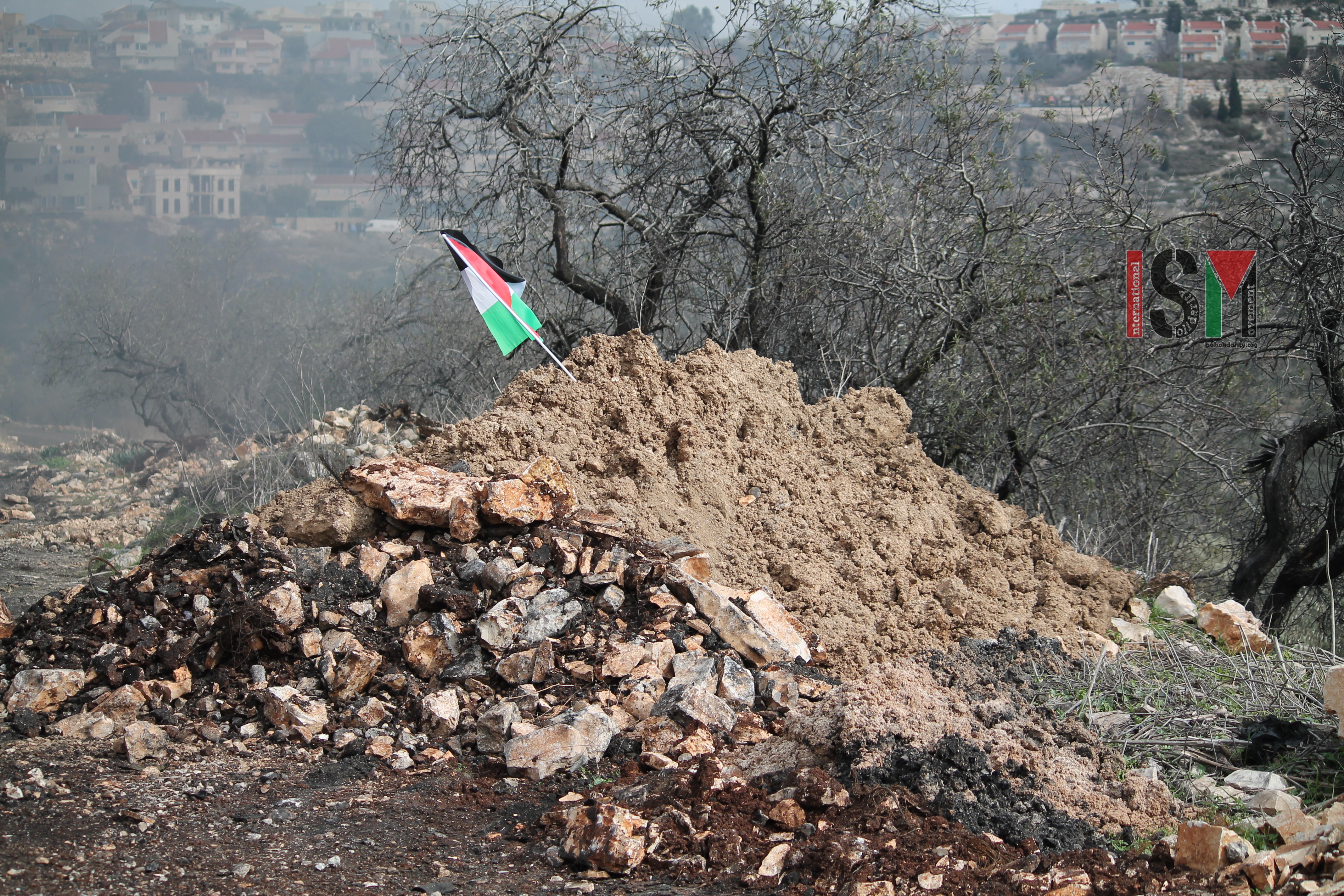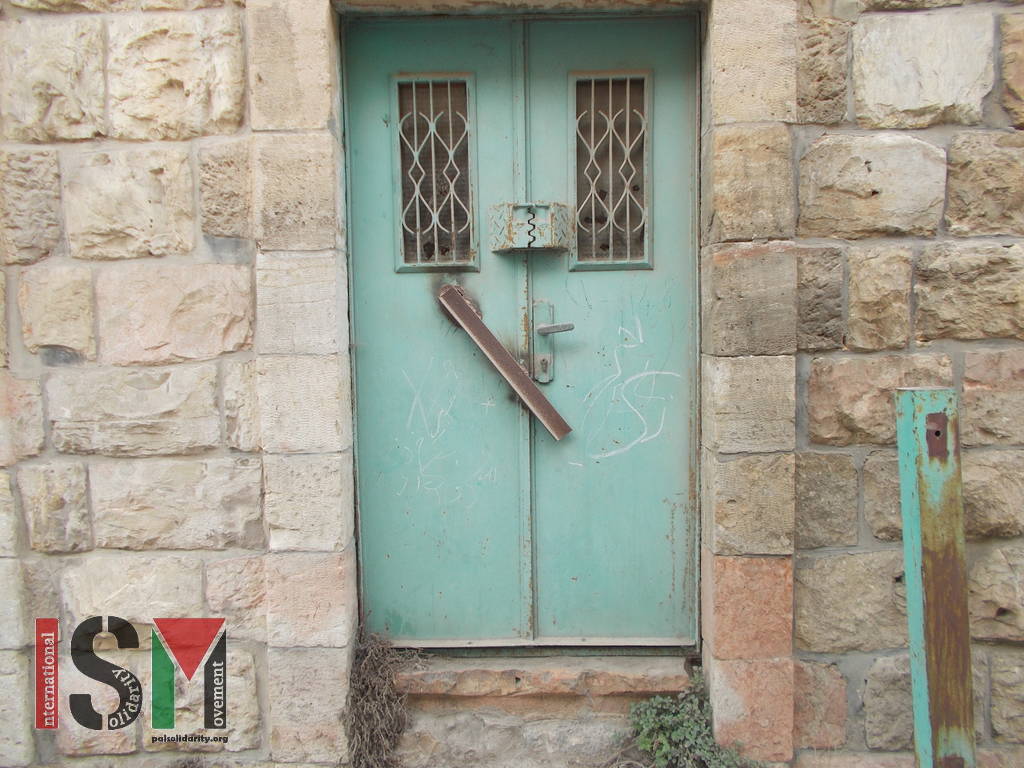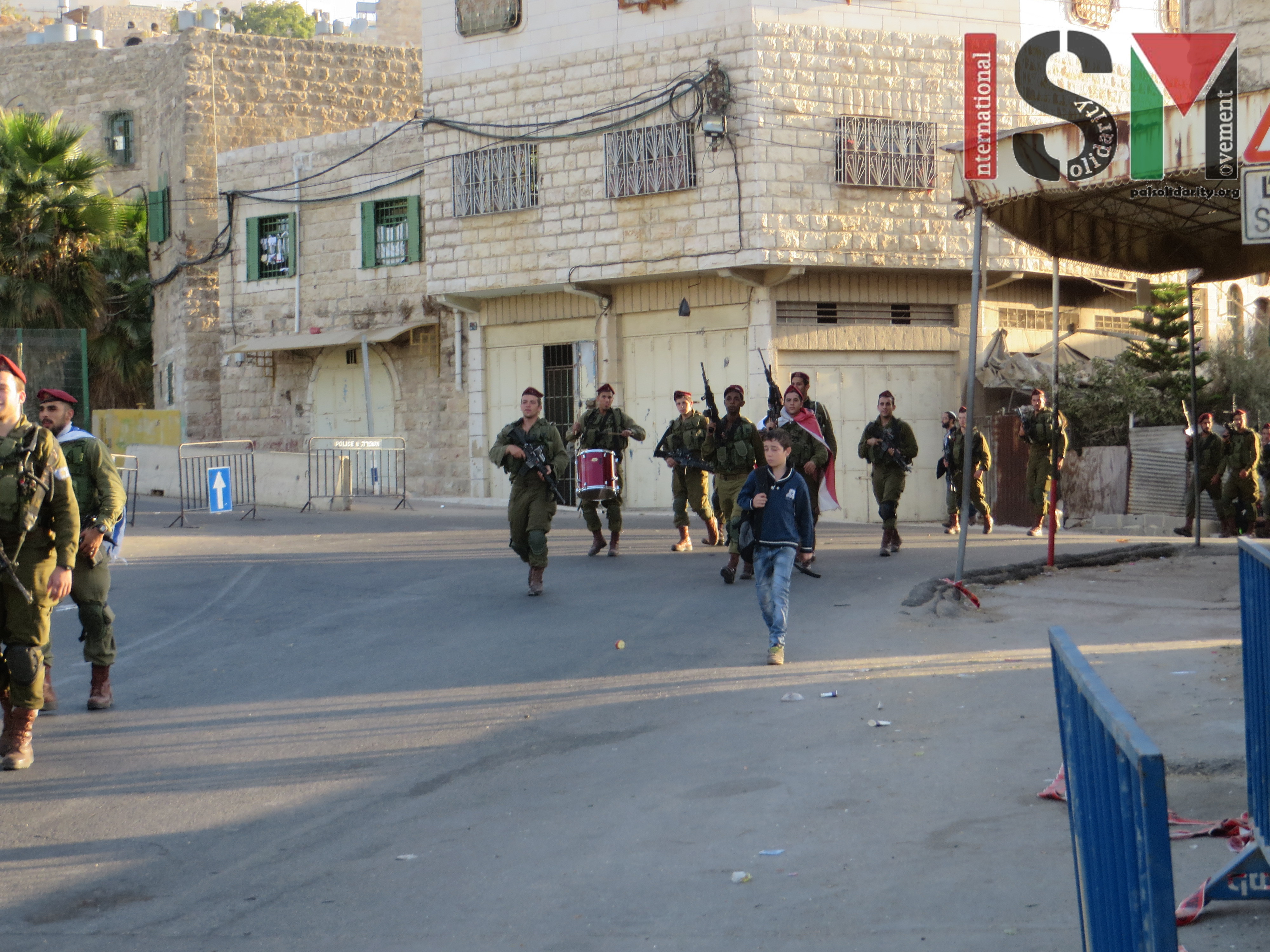Category: Photo Story
-
Villagers continue to resist settlements in Kafr Qaddum
13th January 2017 | International Solidarity Movement, al-Khalil Team | Kafr Qaddum, Occupied Palestine The Friday demonstration against the illegal wall in Kafr Qaddum was attended by over 100 Palestinians along with numerous pro-Palestinian Israelis and other internationals. Two days prior to the demonstration, the villagers were told if there was the usual demonstration on…
-
Photo-Story: Mini walking tour of occupied Hebron
24th November 2016 | International Solidarity Movement, al-Khalil team | Hebron, occupied Palestine After our afternoon school run today, two of us took a walk around a small part of Al Khalil. The photos are sort of a mini-walking tour of some of the stolen Palestinian land, streets, homes and shops, roadblocks and checkpoints. Note…
-
Photo story: Feast of intimidation, oppression and illegall annexation
2oth October 2016 | International Solidarity Movement, al-Khalil team | Hebron, occupied Palestine This past week marked the feast of Sukkot, which brought settlers from illegal settlements all over the occupied West Bank to al-Khalil (Hebron). There, with restrictions, harassment, collective punishment and intimidation of Palestinians – all in favor of the illegal settlers – the…



